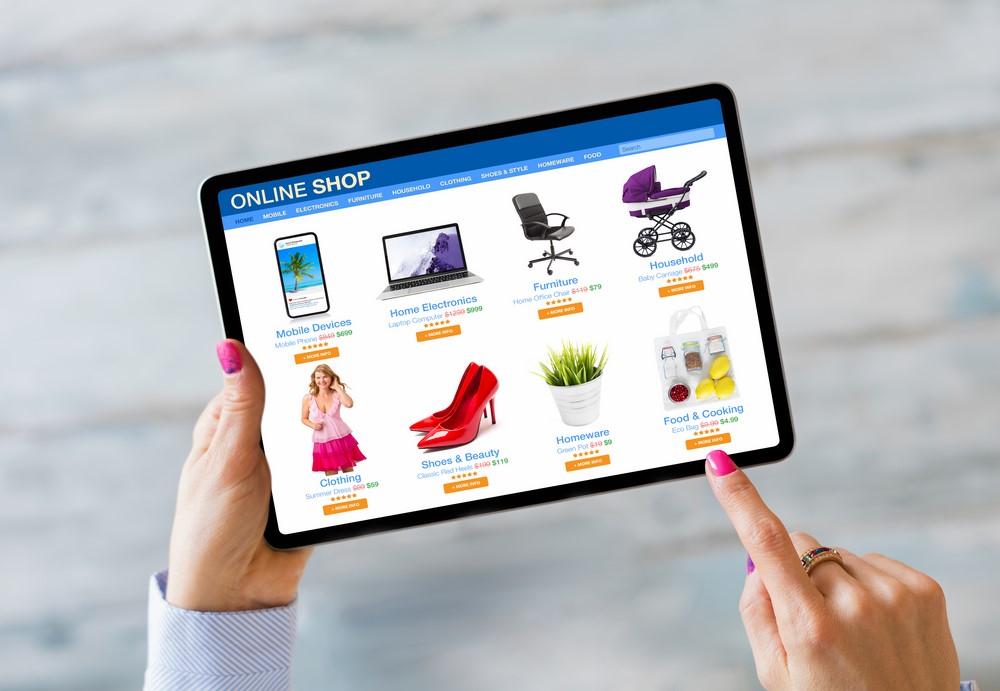
How To Implement Marketing Automation In Your Shopify Store

How to Implement Marketing Automation in Your Shopify Store
Marketing automation can transform your Shopify store, streamlining marketing, engaging customers, and boosting sales. By using automation tools and strategies, you save time, increase efficiency, and deliver personalized experiences. This step-by-step guide explains how to implement marketing automation in your Shopify store for success.
1. Set Clear Marketing Goals
Before implementing marketing automation, define your marketing goals. Identify what you want to achieve, such as increasing customer retention, boosting conversion rates, or growing your email subscriber list. Clear goals will guide your automation efforts and help you measure success effectively.
2. Choose a Marketing Automation Platform
Select a marketing automation platform that integrates seamlessly with Shopify. Look for features like email marketing automation, customer segmentation, abandoned cart recovery, and personalized product recommendations. Popular options include Klaviyo, Omnisend, and Mailchimp. Evaluate each platform's capabilities, pricing, and user-friendliness to find the best fit for your store.
3. Build an Email Subscriber List
Start growing your email subscriber list to leverage the power of email marketing automation. Offer incentives like discounts, exclusive content, or freebies in exchange for email sign-ups. Use pop-up forms, embedded forms, or exit-intent pop-ups on your Shopify store to capture visitor emails. Ensure compliance with data protection laws and provide clear opt-in options for subscribers.
4. Segment Your Audience
Segmentation allows you to send targeted and personalized messages to specific customer groups. Use customer data like purchase history, browsing behavior, or demographic information to create meaningful segments. By segmenting your audience, you can deliver tailored content, product recommendations, and offers that resonate with each customer segment.
5. Automate Email Flows
Set up automated email flows to engage and nurture your customers. Create flows for welcome emails, abandoned cart reminders, post-purchase follow-ups, and customer reactivation. Customize the content and timing of each email based on customer behavior and preferences. Automation will ensure timely and relevant communication with your audience without manual effort.
6. Personalize Product Recommendations
Utilize marketing automation to provide personalized product recommendations to your customers. Use data like browsing history, purchase patterns, and customer preferences to suggest relevant products. By showing customers products they are likely to be interested in, you can increase conversion rates and average order value.
7. Monitor and Optimize Performance
Regularly monitor the performance of your marketing automation efforts. Track key metrics like open rates, click-through rates, conversion rates, and revenue generated from automated campaigns. Analyze the data to identify areas for improvement and optimize your automation workflows to achieve better results over time.
By implementing marketing automation in your Shopify store, you can unlock significant benefits and drive growth. From setting clear goals and choosing the right platform to building an email subscriber list, segmenting your audience, and automating email flows, these steps will help you streamline your marketing efforts, deliver personalized experiences, and maximize the potential of your Shopify store.